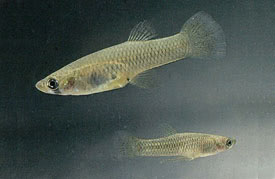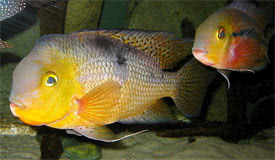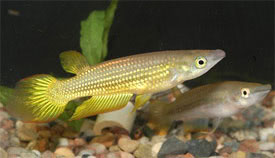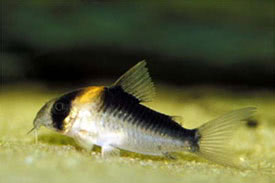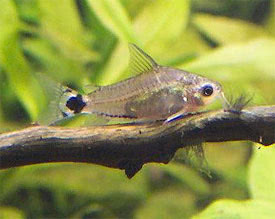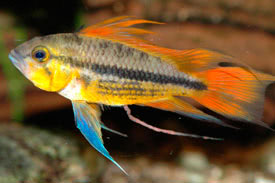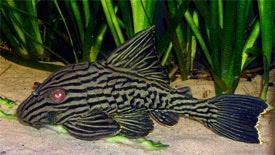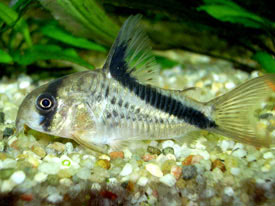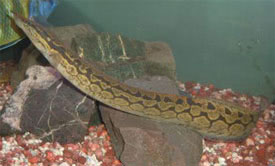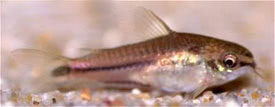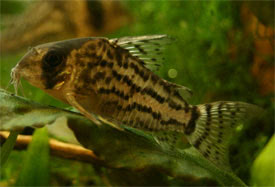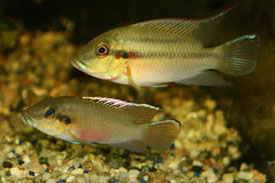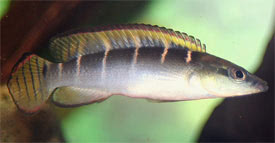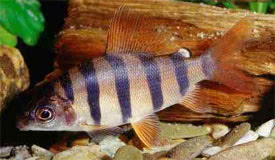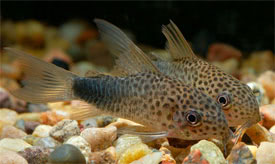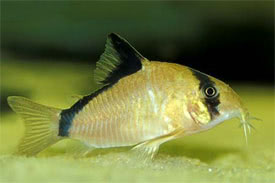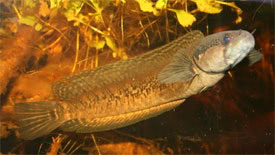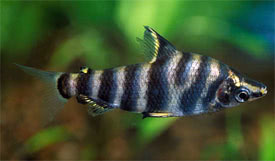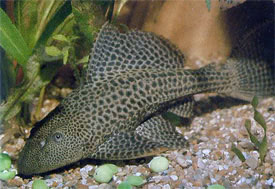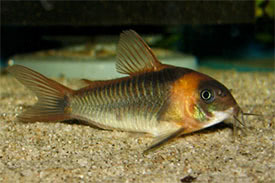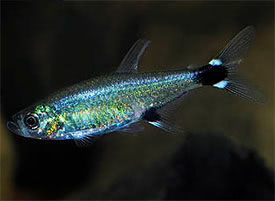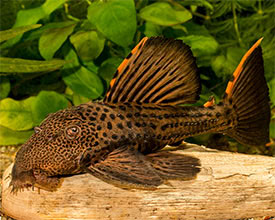
 Magyarul / Hungarian
Magyarul / Hungarian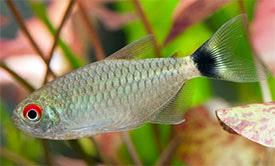
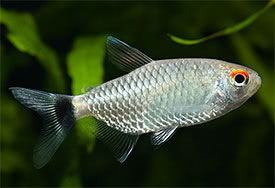
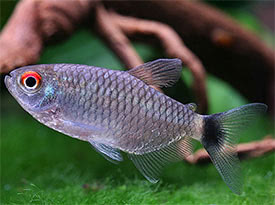

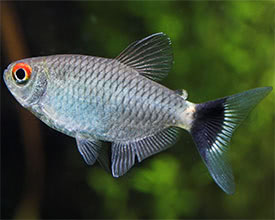
- Scientific name: Moenkhausia sanctaefilomenae
- Synonyms: Tetragonopterus sanctaefilomenae (Steindachner; 1907)
- Common name: Red-eye Tetra
- Group: Characins
- Distribution: South America; Brazil, Paraguay and Argentina
- Size: 7 cm
- Biotope: Mostly inhabits clear water rivers that feed the Pantanal wetlands, where aquatic vegetation grows densely.
- Social behavior: An active, peaceful shoaling fish, that can be a good choice for any community aquarium. They should be kept in a small group of 6-8 specimens, otherwise they may show fin nipping behaviour.
- Diet: Omnivorous; not a picky eater, it will eat all kinds of foods, but should also be offered regular meals of small live and frozen foods to maintain its color.
- Breeding: Quite hard
- Tank: Minimum 110 litres
- Population: 6-8 fish for 150 litres
- Decoration: They look good in a densely planted tank. A dark substrate and dense, green vegetation will highlight the silver coloration of the fish.
- Temperature: 22-26 °C
- pH: 6.0-8.0
- Hardness: 3.0-20.0 dGH
- Lifespan: 3-5 years
Females are slightly larger and have rounder bodies than males.
They can be spawned in a similar way to other species in the genus. For breeding a small separate tank is enough with a few clumps of fine-leaved plants such as java moss where the females can depostit the eggs, or some kind of mesh with a large enough grade so the eggs can fall through it and can protect the eggs from the adults. The aquarium should be very dimly lit and the water should be slightly acidic or neutral (pH 6-7), soft (1-10 dGH) with a temperature of 27-29 °C. They can be spawn in pairs or in a small group, but either case condition them with plenty of small live and frozen foods. When conditions are to their liking the fish should begin to spawn the following morning. The parents will eat the eggs, so after spawning they should be removed from the tank. The eggs hatch in 26-28 hours, and the larvae become free-swimming after another 3-4 days. The fry can be fed with very small live foods or with liquid fry food for the first days, until they are large enough to accept brine shrimp nauplii.
https://www.fishbase.de/summary/moenkhausia-sanctaefilomenae.html
https://www.seriouslyfish.com/species/moenkhausia-sanctaefilomenae
http://animal-world.com/encyclo/fresh/characins/redeye.php
https://en.wikipedia.org/wiki/Redeye_tetra




